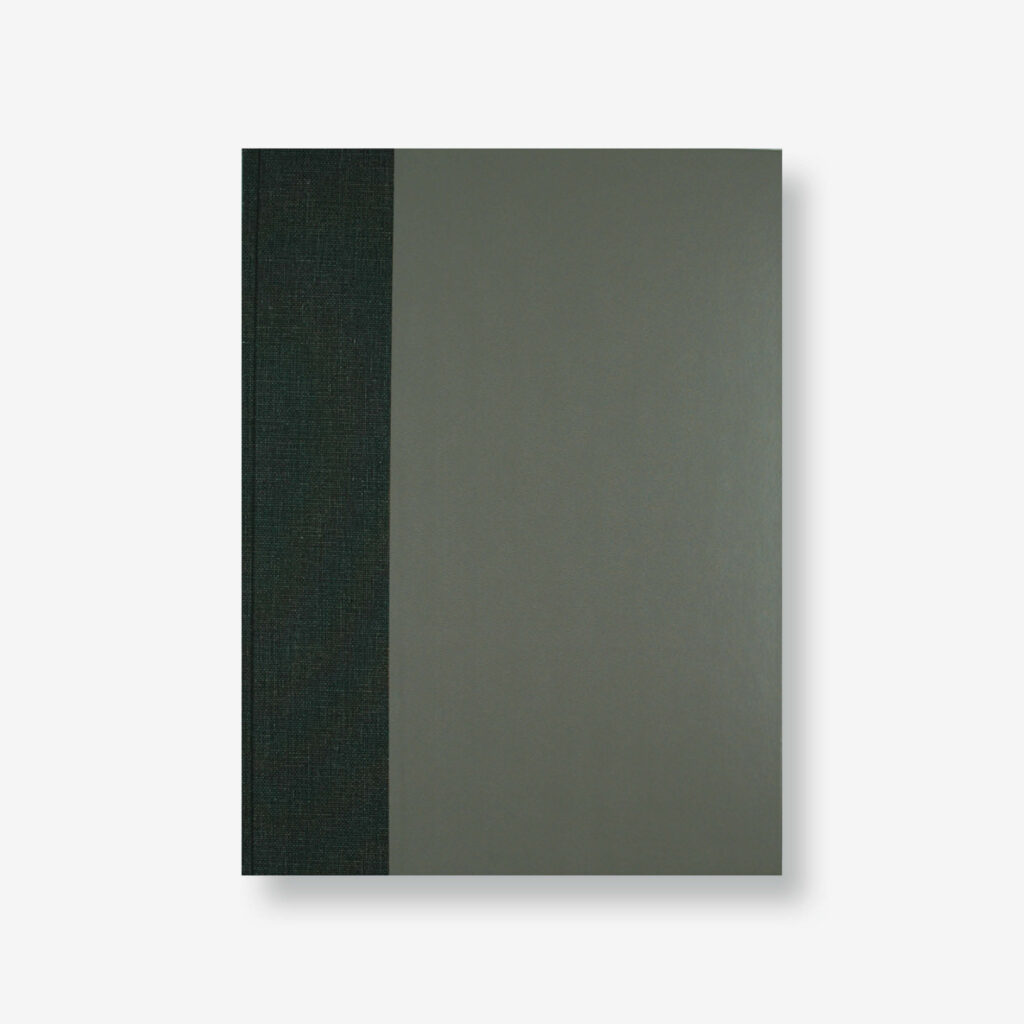Ricarda Roggan
Attika
The moment of forlornness and homelessness of today’s people, which plays a role in the works of many Leipzig artists, finds a concrete counterpart in the artist’s rooms. The rooms in the photographs are sparse and almost empty. A few everyday objects, marked by use, such as chairs, a table, a bed, can be seen as evidence of a former use. The forlornness and dreariness of abandoned rooms are shown by the photographer in a cool and distanced way, seemingly completely unstaged. Yet a very peculiar silent poetry develops.
In the works of recent years, the rooms are only characterised as rooms by the floor, and are thus reminiscent of a neutral exhibition space (“white cube”).
Roggan has taken to tearing furniture and utilitarian objects from abandoned houses, schools and factories, such as the cotton mill in Leipzig, out of their original context and rebuilding them in the studio as she found them.In doing so, she creates a mock-documentary effect, walking a fine line between reality and staging.For the series Attika, Roggan photographed empty roof trusses in a twilight between day and night.These photographs are also striking for their technical brilliance and the complete absence of people. If the functional furniture and other objects in the rooms of earlier photo series are testimonies to a past that seem to leave little room for a transfiguring view of it, attics are per se places of past and mystery. Here, however, they are totally empty. The mysterious, poetic quality of the pictures is only embodied by the room itself; the play of colours in the wood shown in the twilight seems at first glance like a photo-realistic painting. This reinterprets the borderline nature of Roggan’s photography between document and staging , but also between painting and photography. (Andreas Hoffer, from: Made in Leipzig, Kunst der Gegenwart Sammlung Essl, Vienna 2006, p. 122)

Roggan’s pictorial interest focuses on the construction of representations in the photographic image. Her photographs are evidence of a search for traces, which, however, is not interested in a reconstruction of historical events. Memory is thus thematised apart from the narration of a concrete history. Roggan’s photographs of spaces create, from the distance of image conception and form analysis, the closeness of an artistic attitude that radiates an impressive concentration and calm in dealing with reality.




